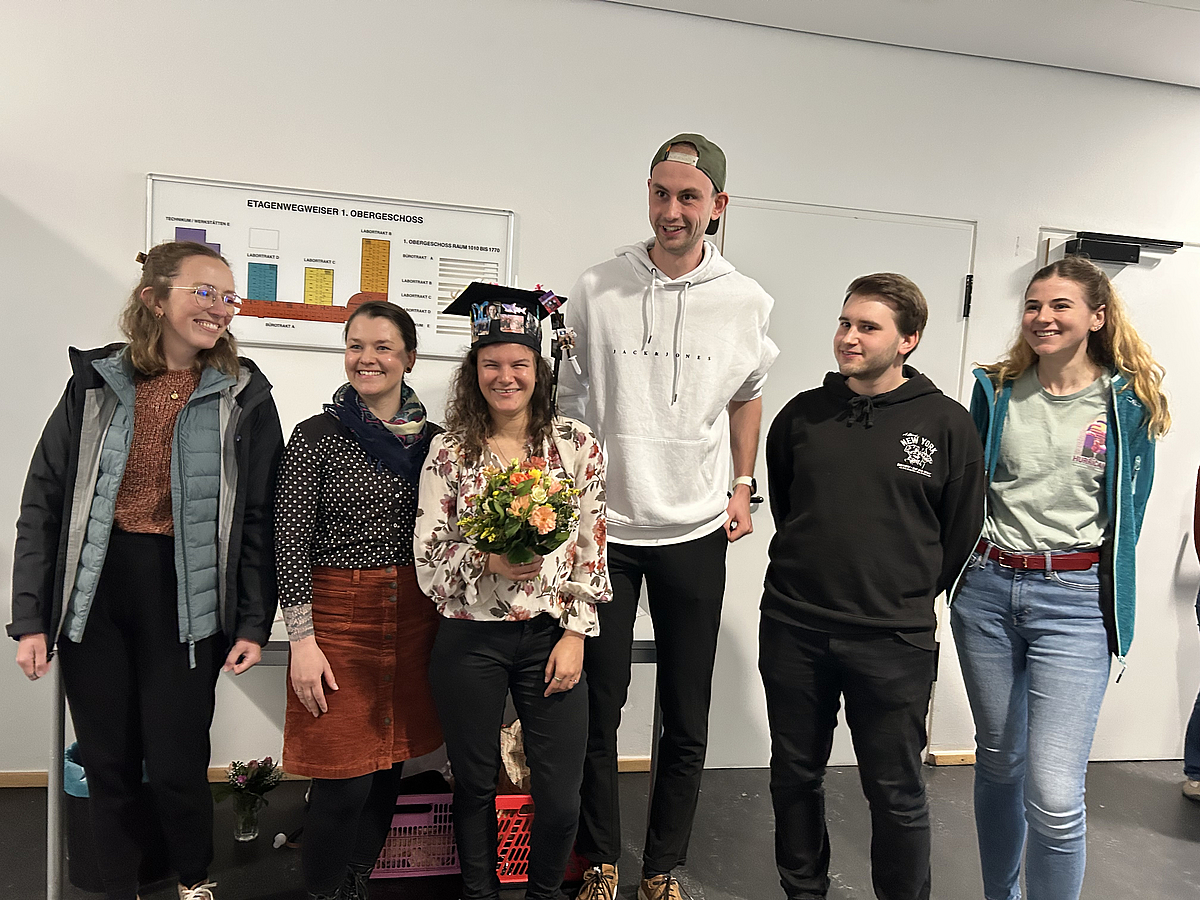Marine Ökologie

© Malik Naumann / Universität Bremen
Meeresbiologie studieren: Ein besonderes Studium!
Wie es ist, Meeresbiologie an der Universität Bremen zu studieren.
Leitung
Prof. Dr. Christian Wild
Email: christian.wild(at)uni-bremen.de
Telefon: +49 421 218 63367
Raum: UFT 2160
UFT, Leobener Str. 6
D-28359 Bremen
Deutschland
Sekretariat
Inae Kim-Frommherz
Email: inaekf(at)uni-bremen.de
Telefon: +49 421 218 62945
Raum: BIOM 1760

© Benjamin Mueller

